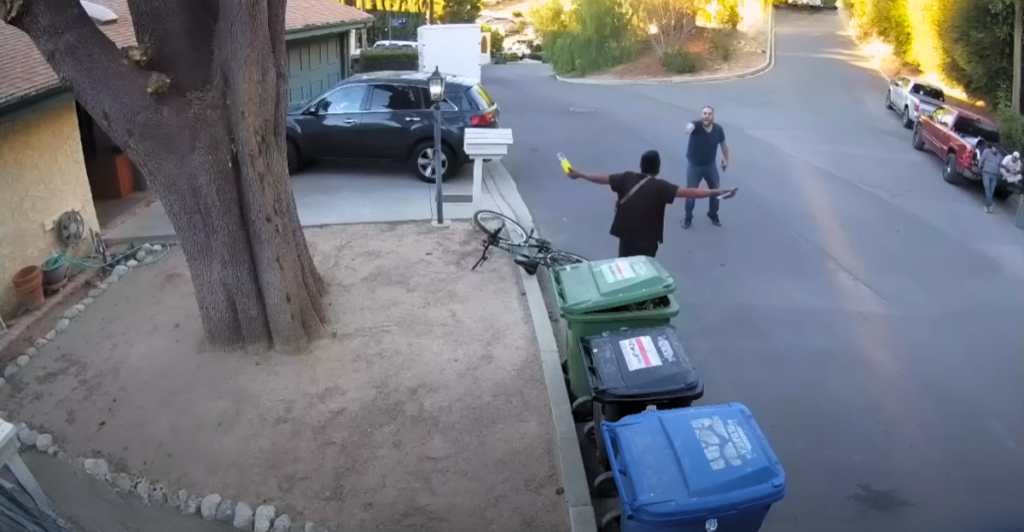
Wildfires have become an increasingly pressing issue in recent years, driven by a combination of climate change, land management practices, and human activities. As the frequency and intensity of these fires rise, so too do the myths and misconceptions surrounding them. Understanding the realities of wildfires is essential for effective prevention and management strategies. This article aims to debunk ten common myths about wildfires and climate change, providing clarity on how these fires impact our environment and communities.
1. Wildfires Only Occur in The Summer
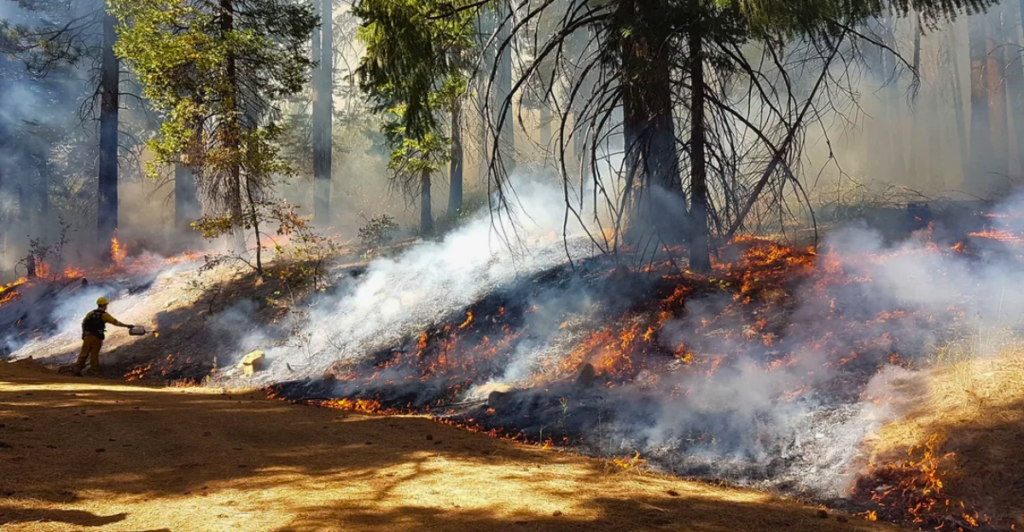
Wildfires can ignite and spread in any season, depending on local weather conditions. For example, in the western United States, fall months often bring dry winds and low humidity, creating ideal conditions for wildfires. Additionally, regions with milder winters may experience fires during the off-season due to unseasonably warm temperatures and dry vegetation.
2. Wildfires Are a Natural Part of Forest Ecosystems and Should be Allowed to Burn
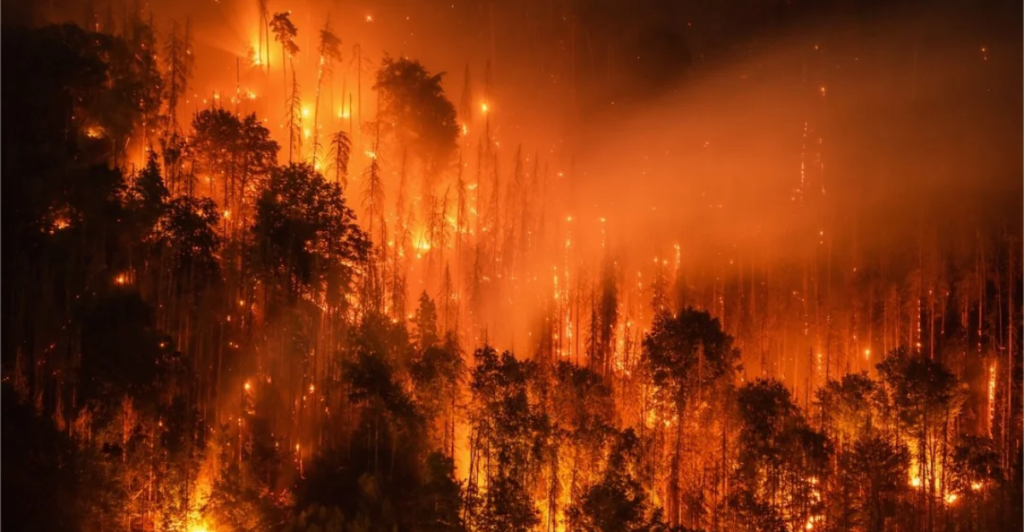
While some wildfires are indeed natural and beneficial for ecosystem health, the increasing severity of fires driven by climate change poses significant risks to wildlife, air quality, and human health. Effective fire management is essential to balance ecological benefits with the need to protect communities and resources from catastrophic fires.
3. Logging Reduces Wildfire Risk
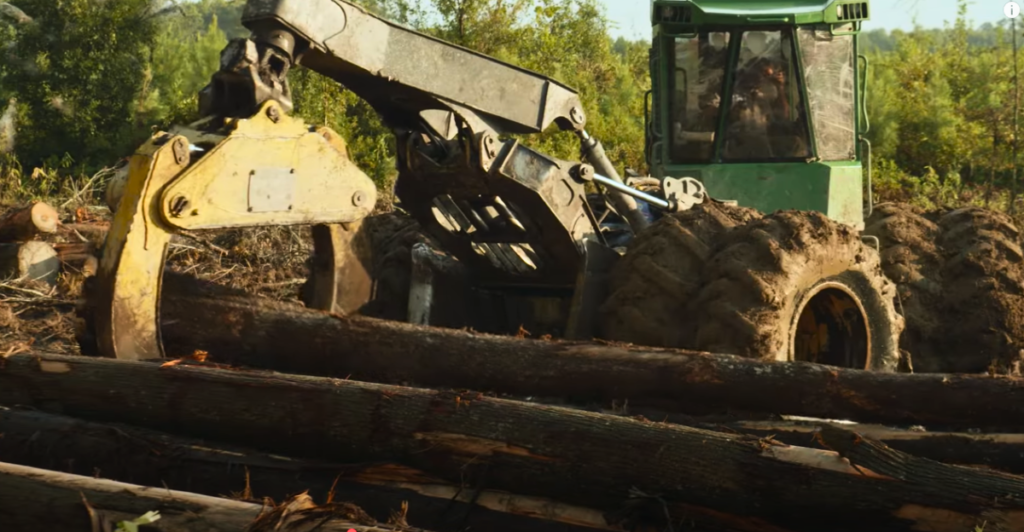
The belief that logging can mitigate wildfire risk is misleading. While selective logging may reduce fuel loads in some cases, clear-cutting can leave behind debris that becomes highly flammable. Moreover, disturbances from logging can promote the growth of invasive species that increase fire risk, complicating forest management efforts.
4. All Wildfires Are Bad For The Environment
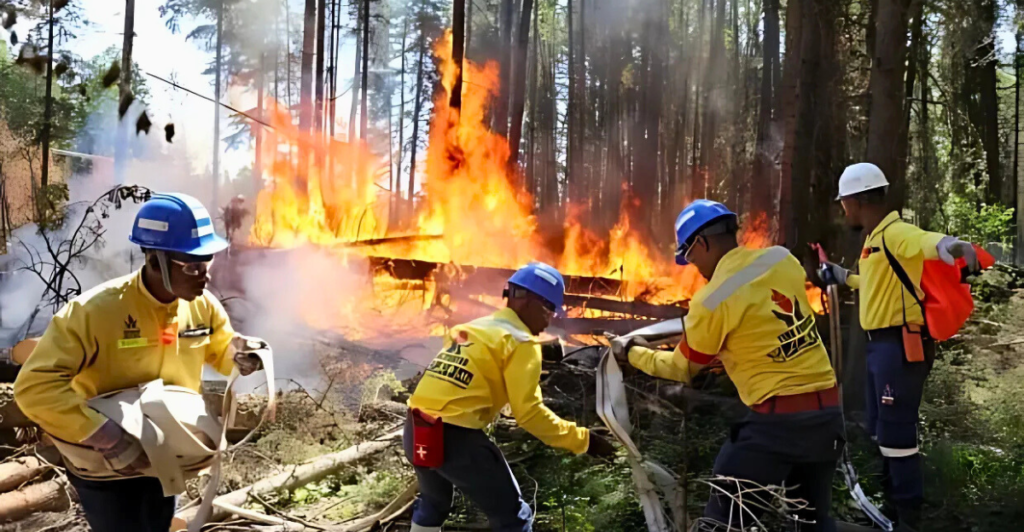
Not all wildfires have negative impacts; many play a crucial role in maintaining healthy ecosystems by clearing out dead trees and underbrush, which can promote biodiversity and new plant growth. Certain species of plants and animals have evolved to thrive in post-fire environments, making fire an essential ecological process.
5. Climate Change is Not Linked to Increased Wildfire Activity.
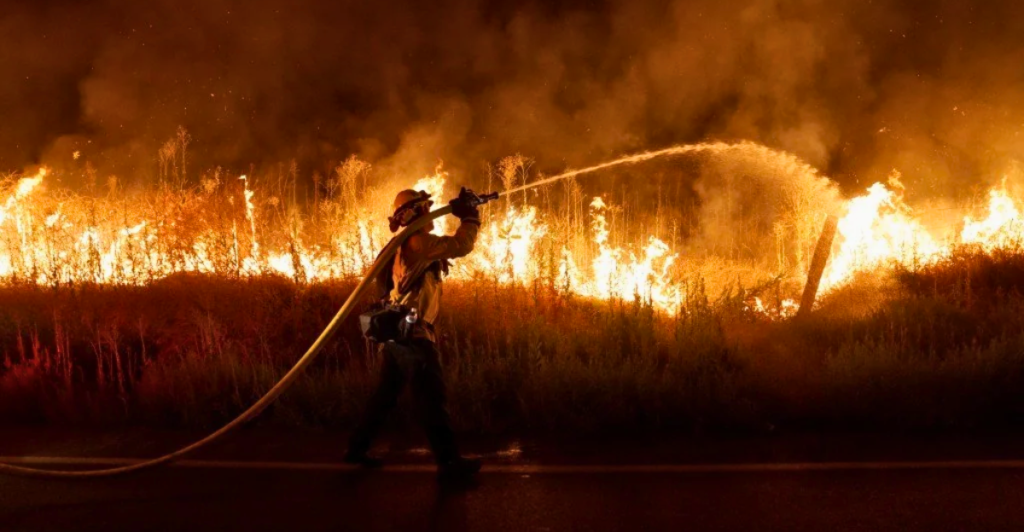
Numerous studies demonstrate a clear link between climate change and increased wildfire activity. For instance, a report from the U.S. Forest Service indicates that rising temperatures have led to longer fire seasons and more intense fires, with the area burned by wildfires in the western U.S. doubling since the 1980s due to climate-related factors.
6. Wildfires Are Solely Caused by Human Activity
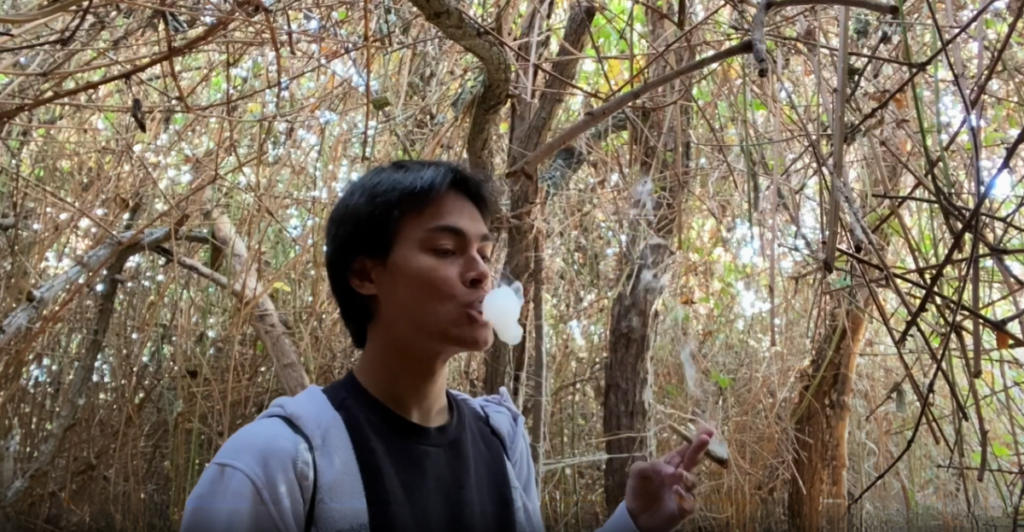
While human activities, such as campfires, discarded cigarettes, and power line failures, significantly contribute to wildfire ignitions, they are not the only culprits. Natural causes, particularly lightning strikes, account for a substantial portion of wildfires. In fact, studies indicate that approximately 50% of wildfires in certain regions, like the western United States, are ignited by lightning. As climate change alters weather patterns, the frequency and intensity of thunderstorms—which can lead to more lightning strikes—are also increasing.
7. Fire Prevention Measures Are Always Effective
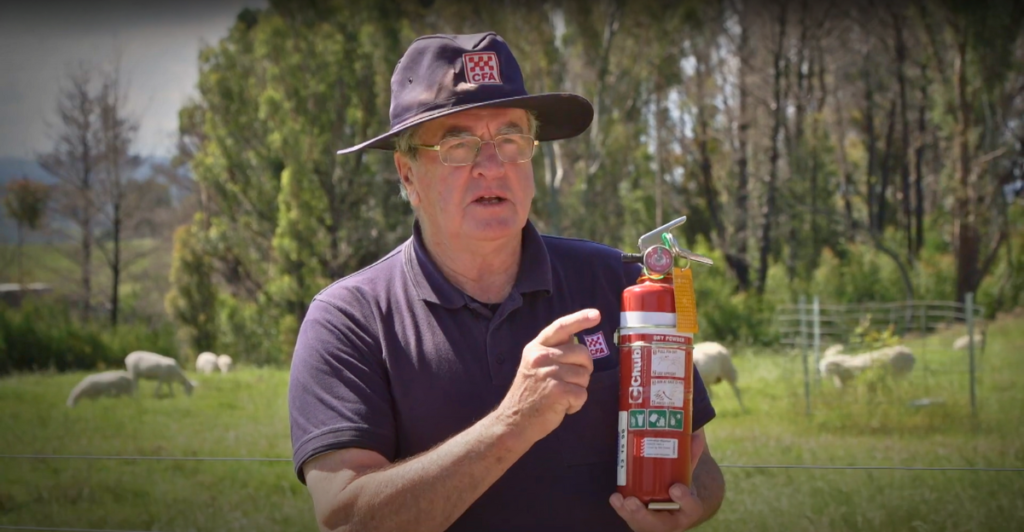
Not all fire prevention strategies yield positive results; some methods can inadvertently increase fire risk or disrupt ecosystems. For example, aggressive suppression tactics can lead to an accumulation of fuel over time, resulting in more intense fires when they do occur. Adaptive management approaches that consider ecological dynamics are essential for effective fire prevention.
8. Climate Change Only Affects Certain Regions; It Won’t Impact Me
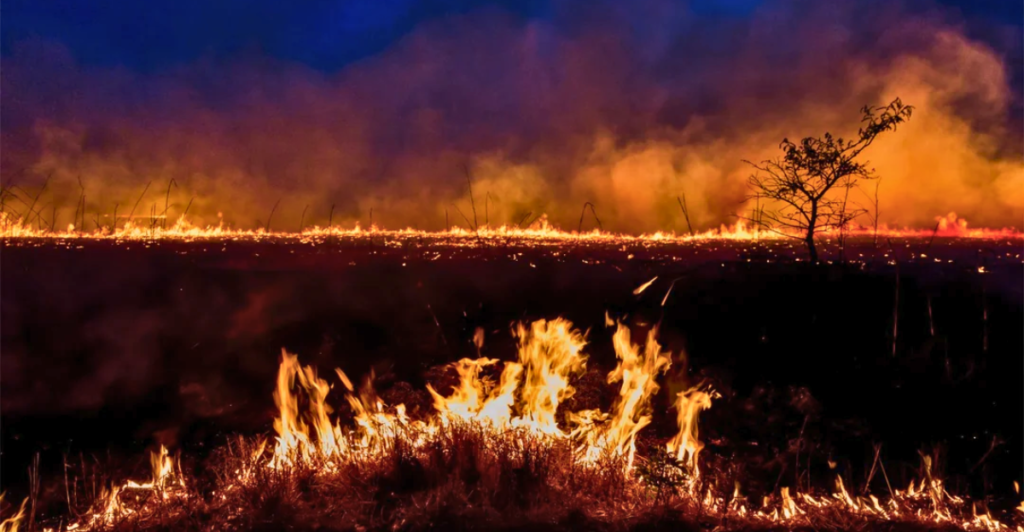
Climate change has far-reaching effects that transcend geographical boundaries. Even regions not typically associated with wildfires are experiencing increased risks due to changing weather patterns, such as prolonged droughts or heatwaves that can create favorable conditions for fire ignition and spread.
9. The “Megafire” Phenomenon is Exaggerated
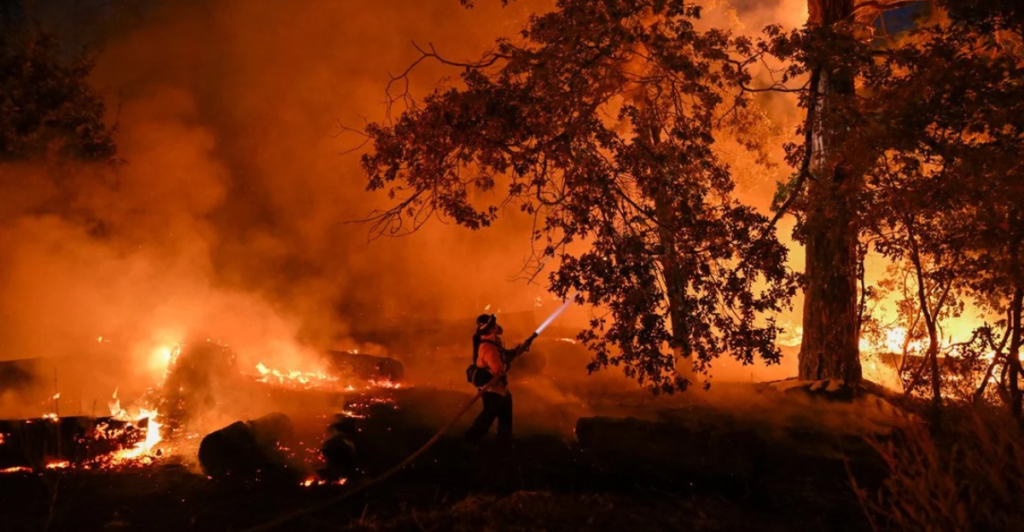
The term “megafire” refers to wildfires that burn over 100,000 acres and has become increasingly common due to climate change-related factors like prolonged droughts and higher temperatures. These large-scale fires pose unprecedented challenges for firefighting efforts and have devastating impacts on communities and ecosystems alike.
10. Wildfire Smoke is Harmless Compared to Other Pollutants
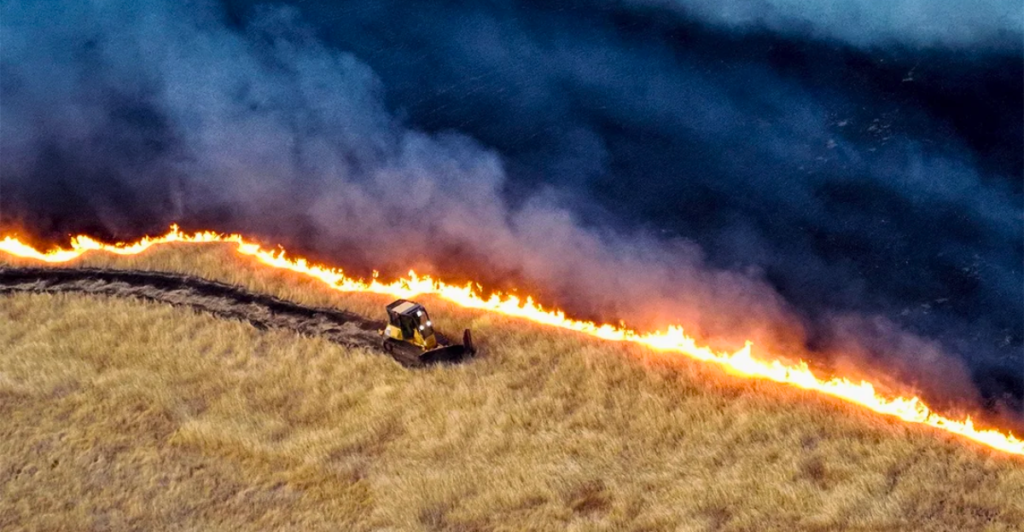
Wildfire smoke contains a complex mixture of harmful pollutants, including particulate matter (PM2.5), carbon monoxide, and volatile organic compounds (VOCs). Exposure to these pollutants can lead to serious health issues such as respiratory problems, cardiovascular diseases, and even long-term cognitive effects, making wildfire smoke a significant public health concern.
Understanding Wildfire Myths
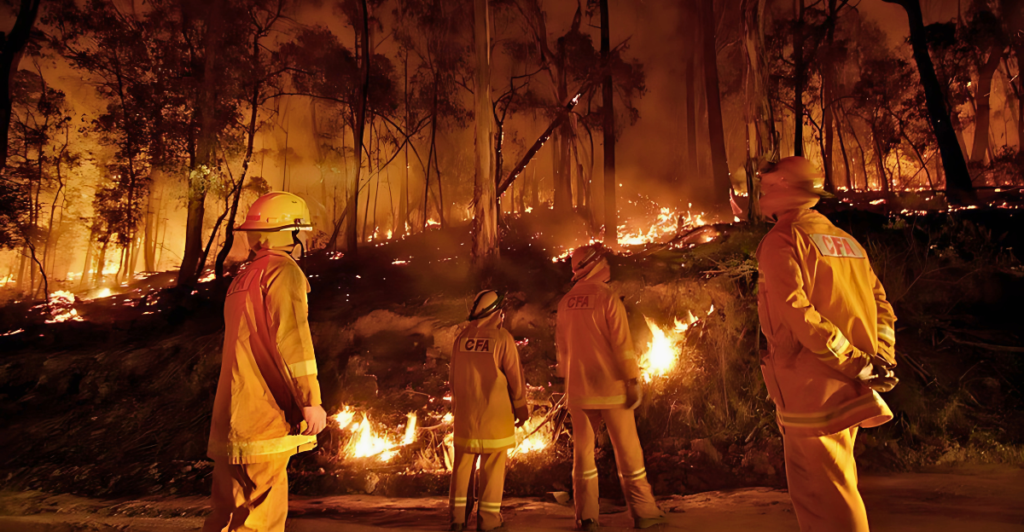
The myths surrounding wildfires and climate change often stem from a combination of misinformation and a lack of awareness about the complexities of fire ecology. For instance, the belief that wildfires only occur in summer can lead to complacency in fire-prone areas during other seasons. This misconception undermines the need for year-round preparedness and awareness.
The Importance of Accurate Information
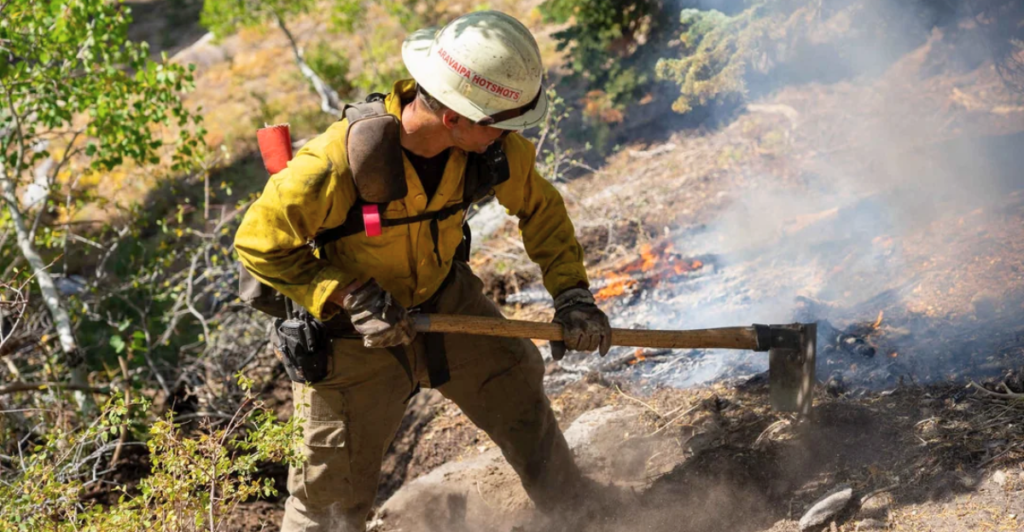
Misinformation can lead to inadequate responses from policymakers and communities, potentially exacerbating the impacts of wildfires. For example, the myth that logging reduces wildfire risk can result in policies that may ultimately increase fire hazards instead of mitigating them. By fostering a better understanding of the facts surrounding wildfires, communities can implement more effective prevention measures, promote sustainable land management practices, and enhance resilience against the growing threat of wildfires in a changing climate.
Discover more of our trending stories and follow us to keep them appearing in your feed

California Is Splitting Apart: A Fault Line Is Forming Faster Than Anyone Predicted
Deepest Hole On Earth Permanently Sealed After 2 Billion Year Old Discovery
States That Have The Worst Wildfires
Ways The Average Person Can Protect Wildlife From Wildfires
References:
5 big myths about wildfire
10 myths about climate change busted
Wildfires and Climate Lies: On the Myth of the “Tidy Forest”
10 myths about climate change
Stay connected with us for more stories like this! Follow us to get the latest updates or hit the Follow button at the top of this article, and let us know what you think by leaving your feedback below. We’d love to hear from you!







